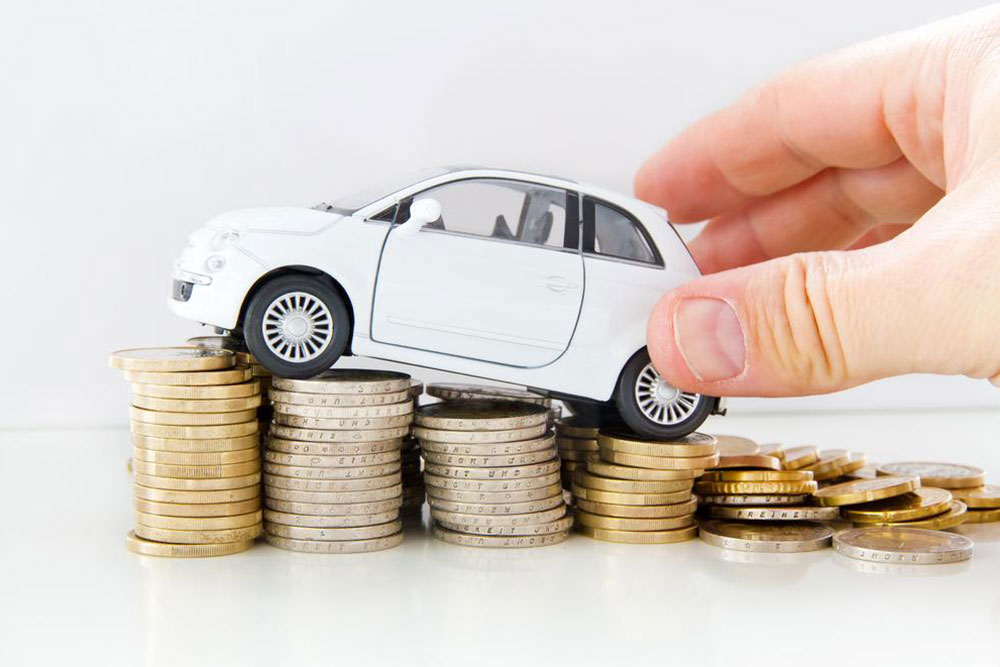Comprehensive Guide to Car Leasing: Essential Tips for a Smarter Choice
This comprehensive guide provides essential tips for leasing a vehicle, covering financial considerations, insurance requirements, key lease terms, and the benefits versus buying. Learn how to choose the right lease plan, understand your obligations, and maximize your leasing experience for a smarter, more cost-effective vehicle ownership alternative.

Comprehensive Guide to Car Leasing: Essential Tips for a Smarter Choice
Leasing a vehicle has become an increasingly attractive option for many consumers across the United States. It offers a flexible alternative to traditional car ownership, allowing drivers to enjoy the latest models, advanced features, and luxury vehicles without the long-term commitment or large upfront payments typically associated with buying a car. Whether your goal is to keep up with current trends, manage monthly expenses, or simply to experience driving newer vehicles more frequently, leasing offers numerous benefits that cater to diverse needs and lifestyles.
Opting for a lease can be an advantageous decision for various reasons. It provides the ability to drive a high-end or luxury vehicle without the hefty purchase price, reduces the financial burden of depreciation, and often involves lower monthly payments compared to financing a new car. Additionally, leasing enables consumers to upgrade to new models more often, which is appealing to those who value having the latest technology and safety features. However, it’s essential to understand the nuances, obligations, and potential pitfalls involved in leasing to maximize these benefits and avoid unexpected costs.
Understanding the Financial Aspects of Leasing
One of the most crucial aspects of leasing is understanding the financial commitments involved. Unlike purchasing, where you pay for the vehicle outright or through financing, leasing involves agreeing to pay for the vehicle’s depreciation during the lease term, plus interest and fees. Typically, lease payments are calculated based on the vehicle’s capitalized cost minus the residual value—the estimated value of the car at the end of the lease period. This residual value is critical because it influences your monthly payments; higher residuals usually mean lower payments.
Before signing a leasing contract, carefully review all the financial terms. Pay attention to the mileage limit, as exceeding it can lead to substantial excess mileage charges. Most leases specify a mileage allowance—commonly 10,000 to 15,000 miles per year—and exceeding this limit may incur fees of 15 to 30 cents per mile. Additionally, consider whether the lease includes any upfront costs, such as security deposits, acquisition fees, or pre-paid taxes, and determine how these impact your overall budget.
The Importance of Proper Insurance Coverage
Driving a leased vehicle comes with specific insurance requirements that are different from those for purchased cars. Since leased cars are typically new and more valuable, the leasing company usually mandates comprehensive insurance coverage to protect their investment. This coverage must often include collision, comprehensive, and liability insurance, frequently exceeding the minimum state requirements. It’s essential to consult with your insurance provider before signing a lease to confirm that your policy can accommodate these requirements.
Keep in mind that insurance premiums for leased vehicles tend to be higher than for owned cars. The newer, more valuable cars and the extensive coverage mandated by leasing companies contribute to increased costs. Failure to secure proper insurance can lead to penalties, lease termination, or financial liability in case of an accident. Therefore, obtaining accurate insurance coverage is not just a legal requirement but also a smart financial decision that ensures peace of mind during your lease period.
Key Considerations When Leasing a Vehicle
Evaluate Your Driving Habits: Consider your annual mileage and driving style to select a lease term and mileage allowance that fit your lifestyle. This helps avoid costly excess mileage fees or early termination penalties.
Inspect the Lease Agreement: Carefully read all terms, including wear-and-tear policies, end-of-lease conditions, and potential fees. Understanding these details prevents surprises at lease-end.
Assess Costs Beyond the Monthly Payment: Account for potential maintenance costs, insurance premiums, and termination fees. Leases often include restrictions on modifications or customizations, so clarify these before making changes to the vehicle.
Plan for the End of the Lease: At the conclusion of your lease, you may have the option to buy the vehicle, return it, or lease a new one. Knowing this can help in planning your next vehicle purchase or lease.
Benefits of Leasing Versus Buying
While leasing offers numerous advantages, it’s essential to compare it with traditional buying to determine what best suits your financial goals and driving needs. Leasing typically results in lower monthly payments, less maintenance hassle due to newer vehicles, and access to the latest technology. However, leasing might limit your mileage and restrict modifications, and there’s no equity built during the lease term.
On the other hand, purchasing a vehicle allows you to build equity and have full ownership, which can be more economical in the long run if you keep the car for many years. The choice depends on your budget, driving habits, and preference for new or used vehicles. Carefully weigh these factors before making your decision.
In summary, leasing a vehicle can be an excellent choice for those seeking flexibility, affordability, and access to newer models. To make an informed decision, understand the financial commitments, insurance obligations, and lease terms thoroughly. By doing so, you can enjoy a smooth leasing experience and drive with confidence, knowing you have optimized your vehicle leasing strategy for your lifestyle and financial situation.





